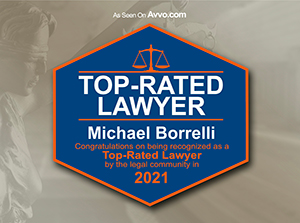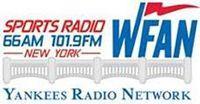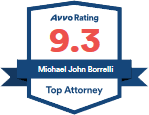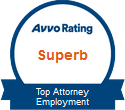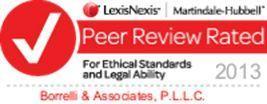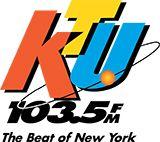
Depending on the statute being interpreted and the jurisdiction it is applied in, a comparator standard may be applied to determine if there is unlawful harassment. A comparator requirement requires the employee to demonstrate that a similarly situated employee was treated more favorably.[2] However, under the NYSHRL and the NYCHRL, an employee does not need to demonstrate that a similarly situated employee was treated more favorably to show there was unlawful discriminatory harassment. Under the NYSHRL, an employee only needs to prove that they were subjected to “inferior terms, conditions or privileges of employment.”[3] Similarly, under the NYCHRL, an employee only needs to prove they were treated “less well.”[4] The NYSHRL and the NYCHRL’s standard for unlawful harassment is considered a lower standard of proof for the employee in comparison to other statutes that make harassment unlawful based on a protected class.
If you believe you may have been a victim of unlawful discriminatory harassment you should speak to an experienced New York employment law attorney, as your employer may be in violation of these laws. To learn more or to schedule a consultation to discuss your situation, contact Borrelli & Associates, P.L.L.C. for a free consultation.
[1] Harassment, United States Equal Employment Opportunity, https://www.eeoc.gov/harassment; New Workplace Discrimination and Harassment Protections, https://dhr.ny.gov/new-workplace-discrimination-and-harassment-protections.
[2] New Workplace Discrimination and Harassment Protections, https://dhr.ny.gov/new-workplace-discrimination-and-harassment-protections.
[3] New York State Human Rights Law § 296 (1)(h).
[4] N.Y.C. Admin. Code § 8-107(1).


